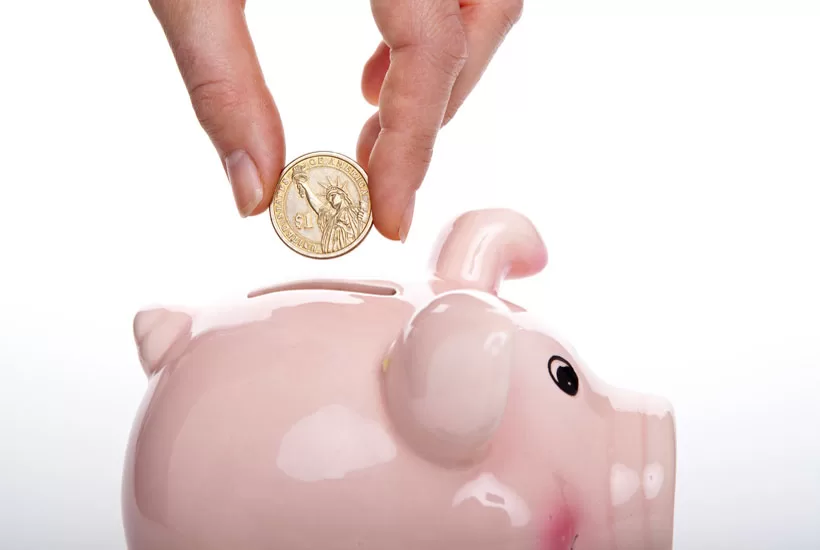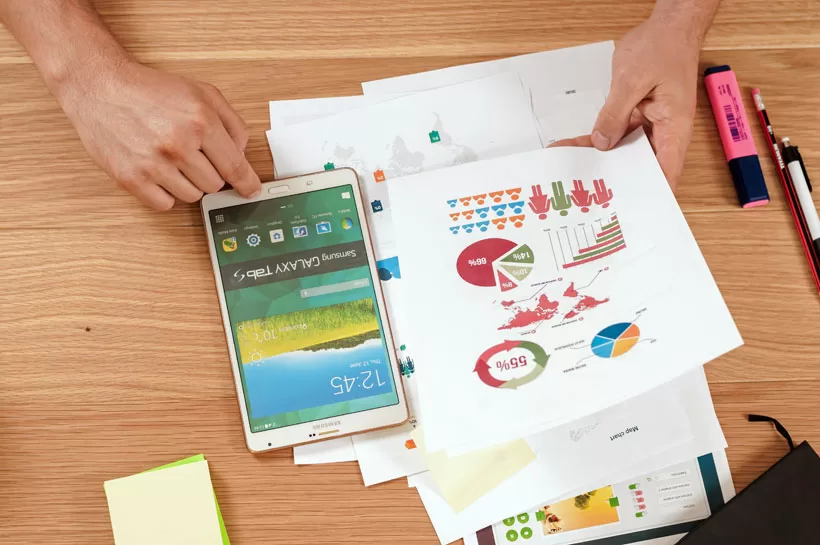
You never know when an unexpected cost might upend your life. Even if you think you’re doing everything right, one big expense can sometimes be enough to throw your finances for a total loop. Having an emergency fund, however, can help individuals stay ahead of bills—even when they seemingly come out of nowhere. Recent polls of U.S. adults have shown that over 60 percent don’t have enough set aside to cover a surprise $1,000 bill. If you don’t have money set aside for an emergency right now, you’re not alone. Most Americans are in the same situation. But this doesn’t mean you can’t change this.
Here’s how to go about creating an emergency fund for your bills.
Calculate Your Budget and Excess Income
You’re only going to be able to set money aside for an emergency fund if you have excess income beyond what you’re spending on a weekly monthly basis. No matter what time frame works best for you to create your budget, you need to find a way to consistently end up with more money coming in than going out. Here’s what you need to know when creating a budget with building an emergency fund in mind:
- Determine your total income, either weekly or monthly depending on what works best for you.
- Compile all your expenses, and divide them into two categories: fixed and variable. Things like internet and rent will be fixed, while certain utility bills, or things like food and gas will be variable.
- Once you see how much you’re spending each month versus bringing in, look for areas where you can cut spending in order to form an emergency savings fund.
- You don’t need to build Rome in a day. Just putting aside 20-50 dollars per month can add up over time.

Determine How Much You Want to Put Into Emergency FUND Savings
Once you’ve figured out how you want to budget your money to make your emergency savings plan a reality, it’s time to decide how much to put aside in each budget period. You don’t want to go overboard, as that can lead to you not actually following through with your plan. But you do want to put aside as much as you reasonably can if you don’t have any emergency savings at all.
Make It Automatic
Saving for your emergency fund is much easier when you don’t have to make an effort to do so. Instead, make it automatic by enabling auto-deposits of a certain portion of your paycheck into the dedicated emergency fund. Simply taking this money and putting it into savings before you even see it can reduce the temptation of using it for something else. While saving for an emergency isn’t the most glamorous use of cash, it can make your life a whole lot better when you really need it. Enrolling in auto-deposits takes a lot of the pain out of saving, as you’ll often not even miss the money when you never see it in your checking account.
Determine If You’re Saving the Right Amount
Just because putting aside a certain amount each week or month seemed like the right balance at the outset doesn’t mean that will be the case forever. You should periodically come back to and review your emergency savings plan. If you decide you’ve saved enough for emergency bills, you can start putting money into something else. At the same time, those who are still unsure they’re saving enough might want to up their contribution a little more if possible.
There are many reasons an emergency savings account can come in handy. If you find yourself stuck with a big, unplanned bill, having money set-aside can help you out of a bind.
Leave a Reply